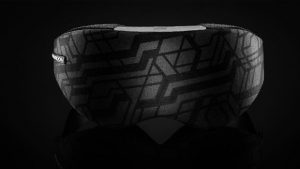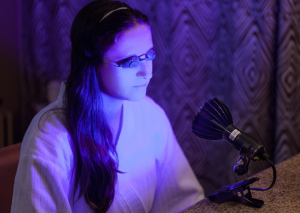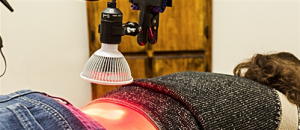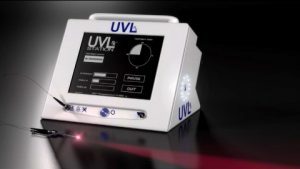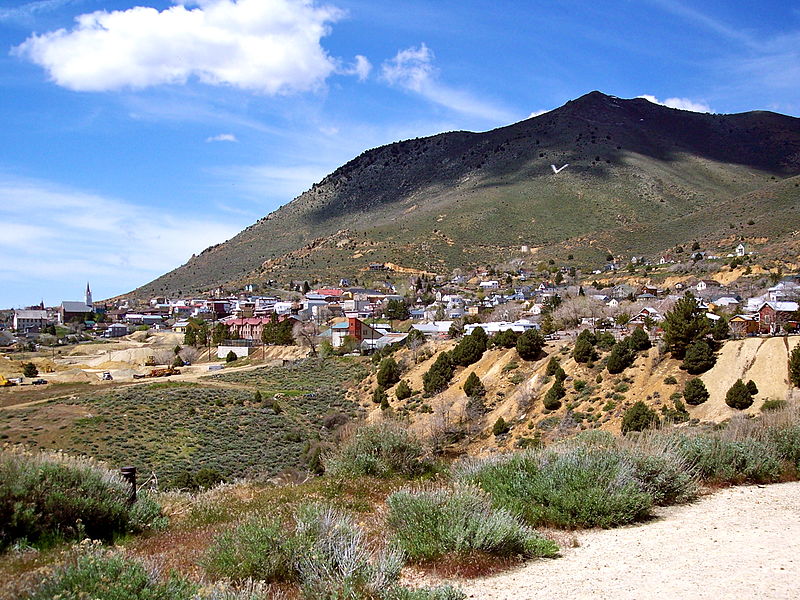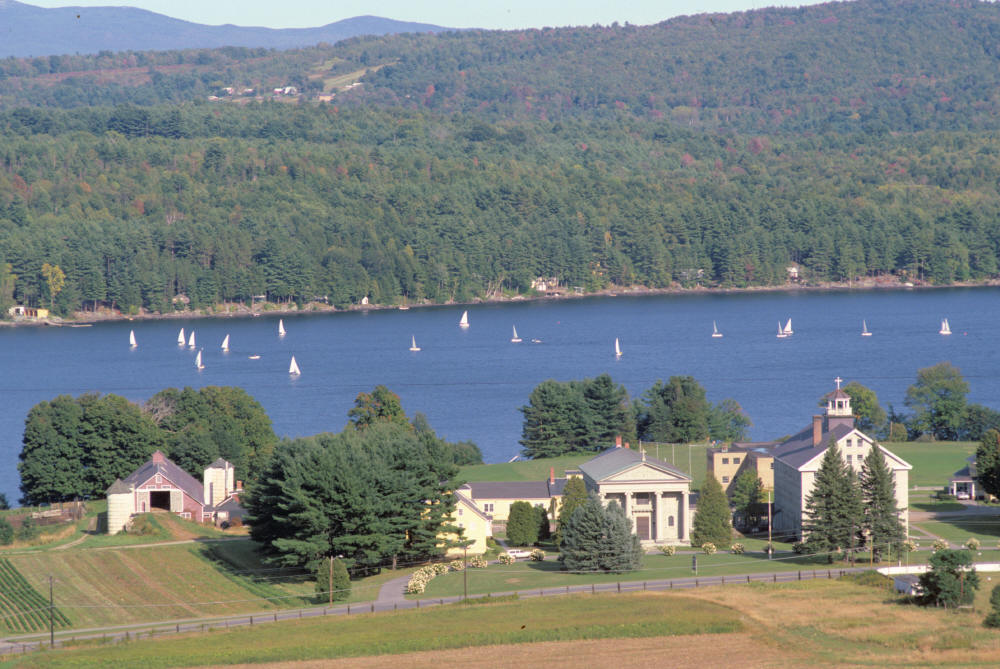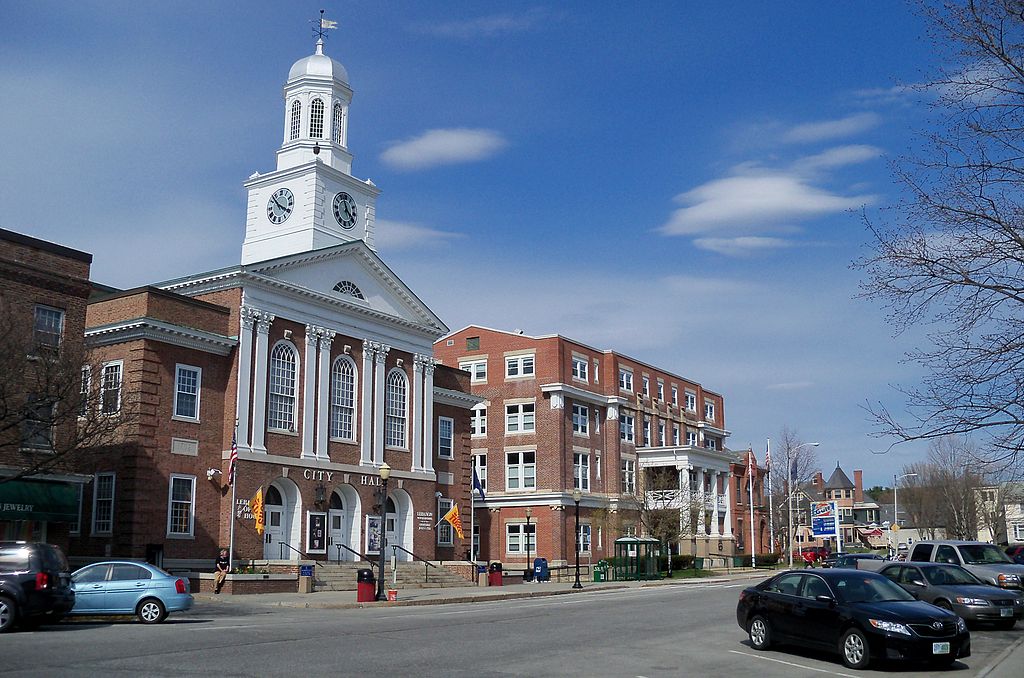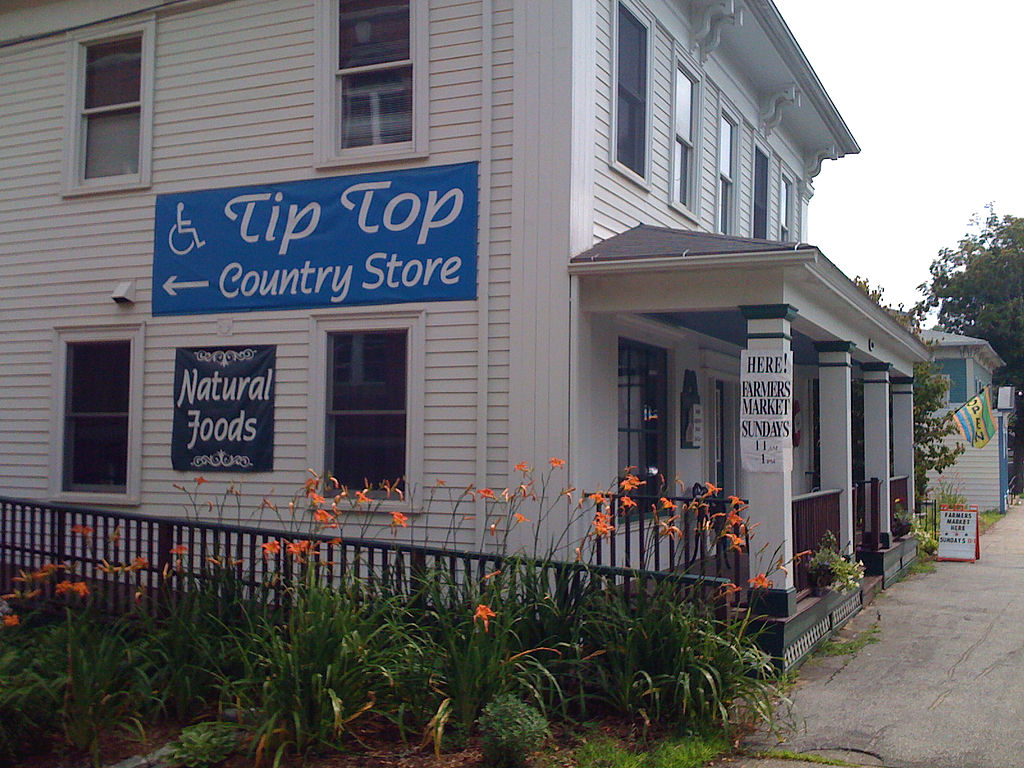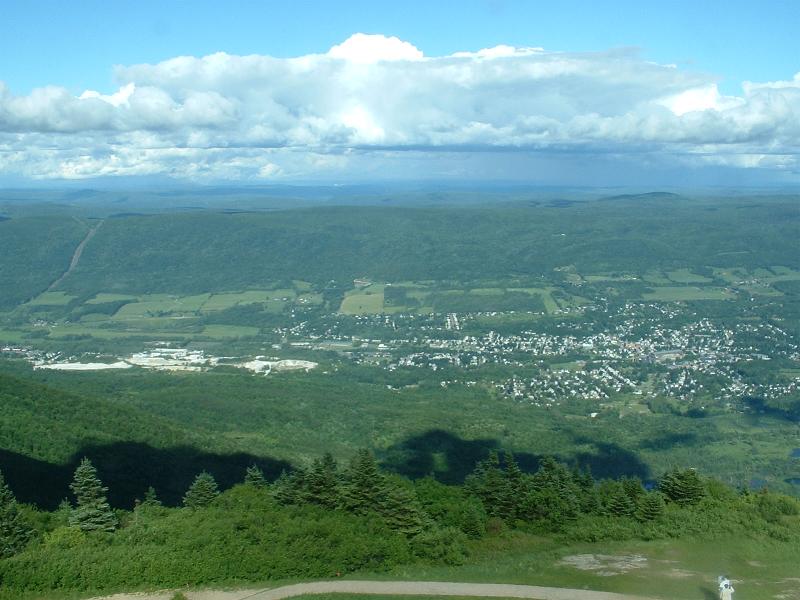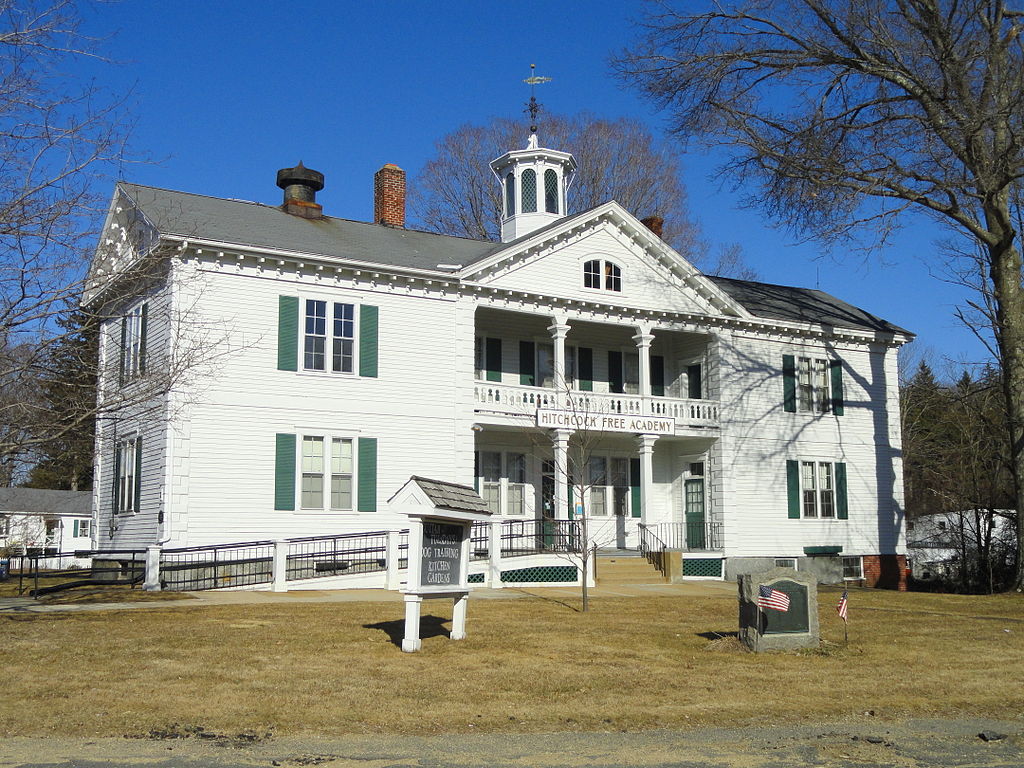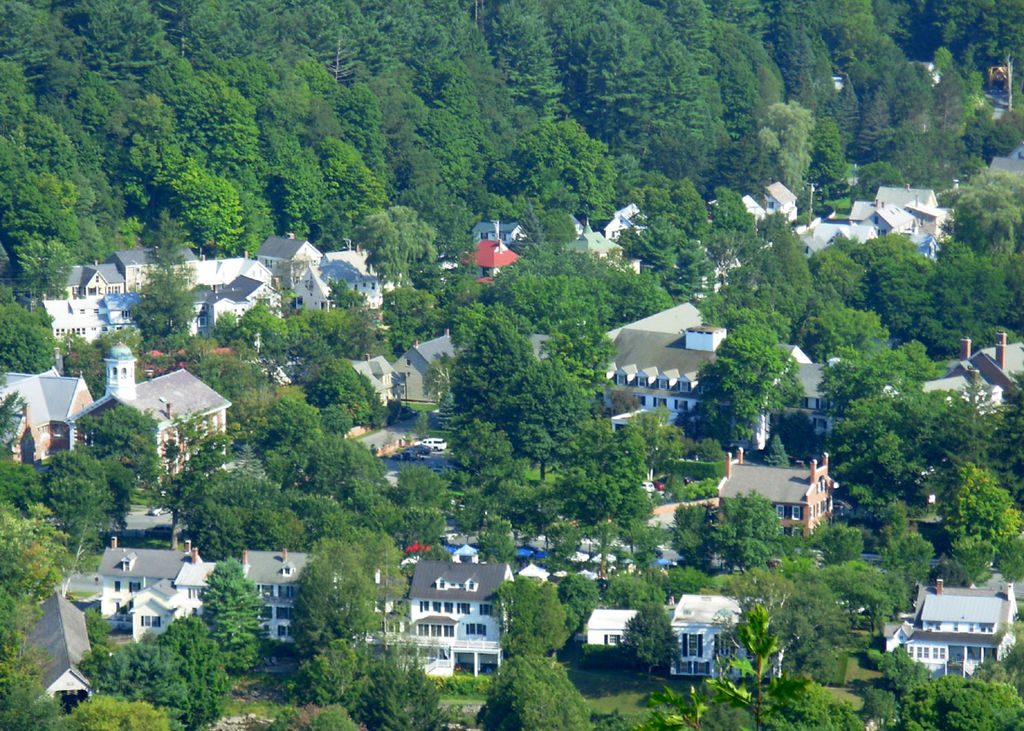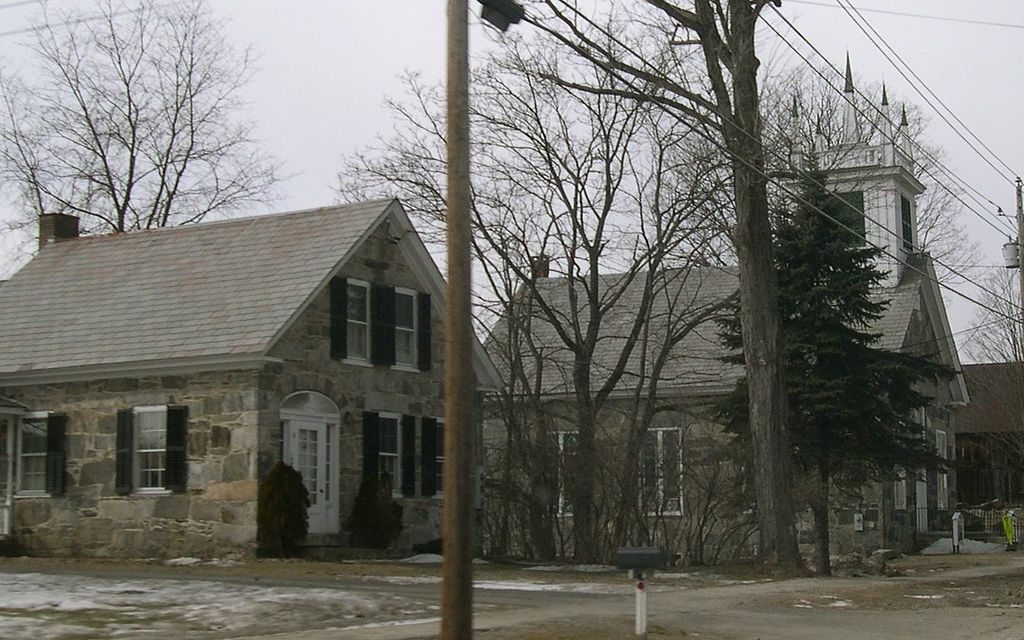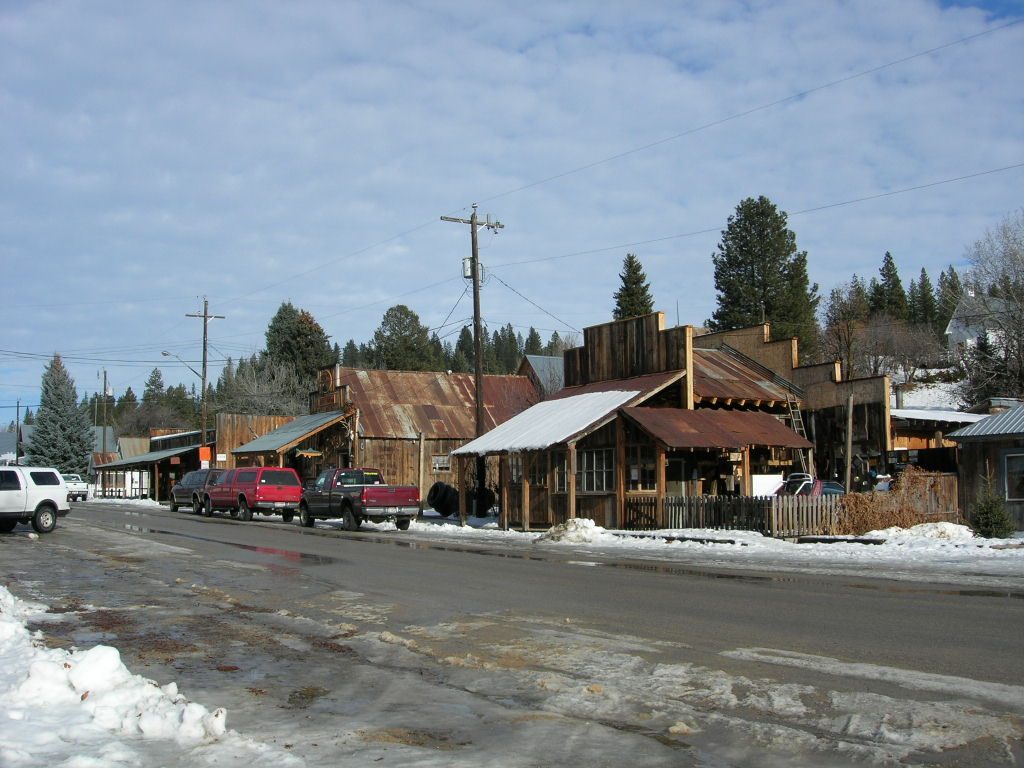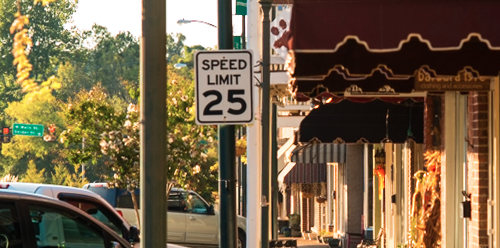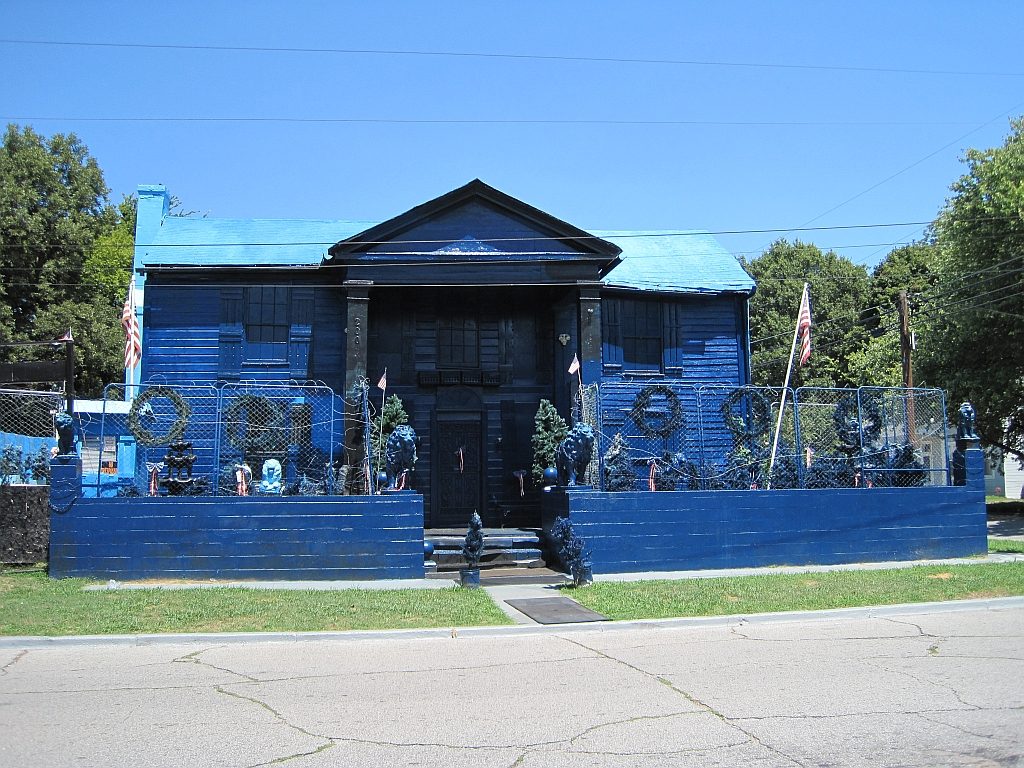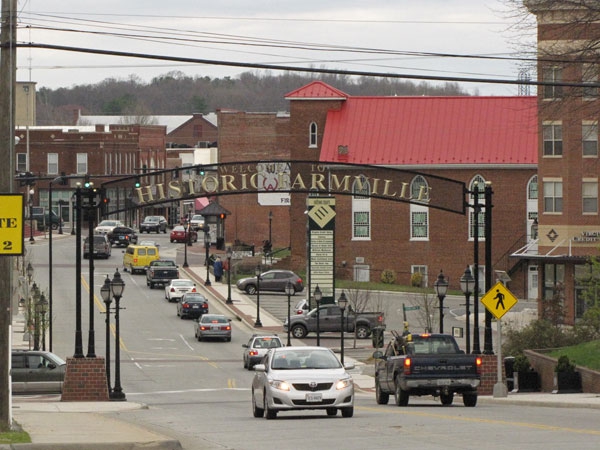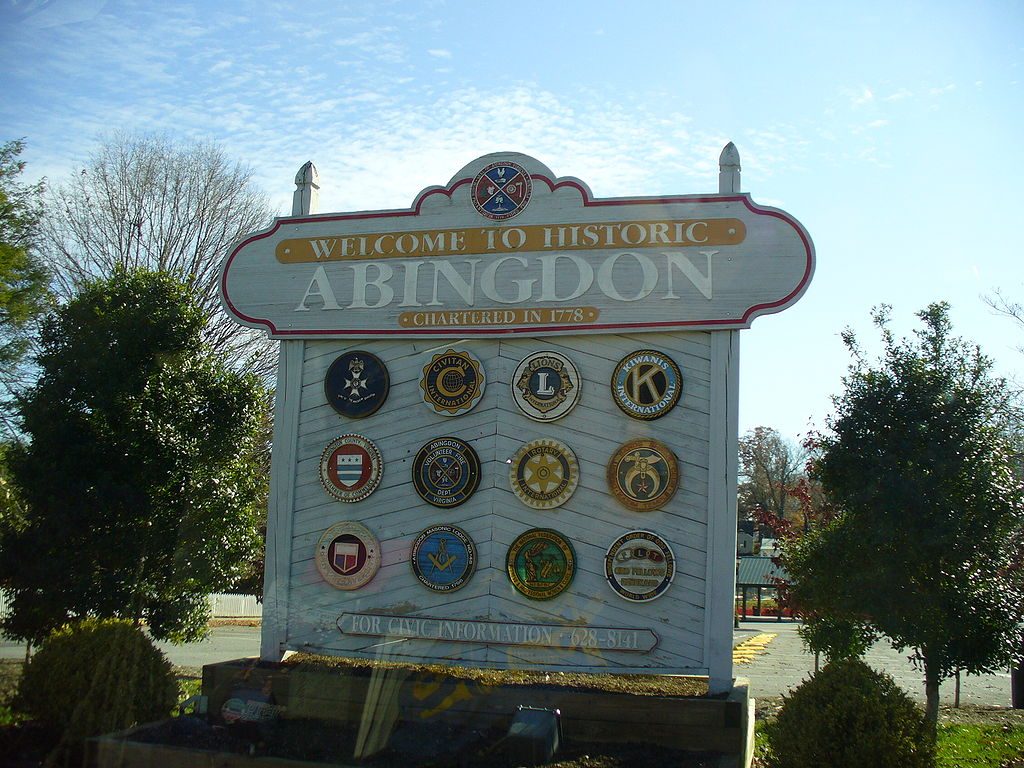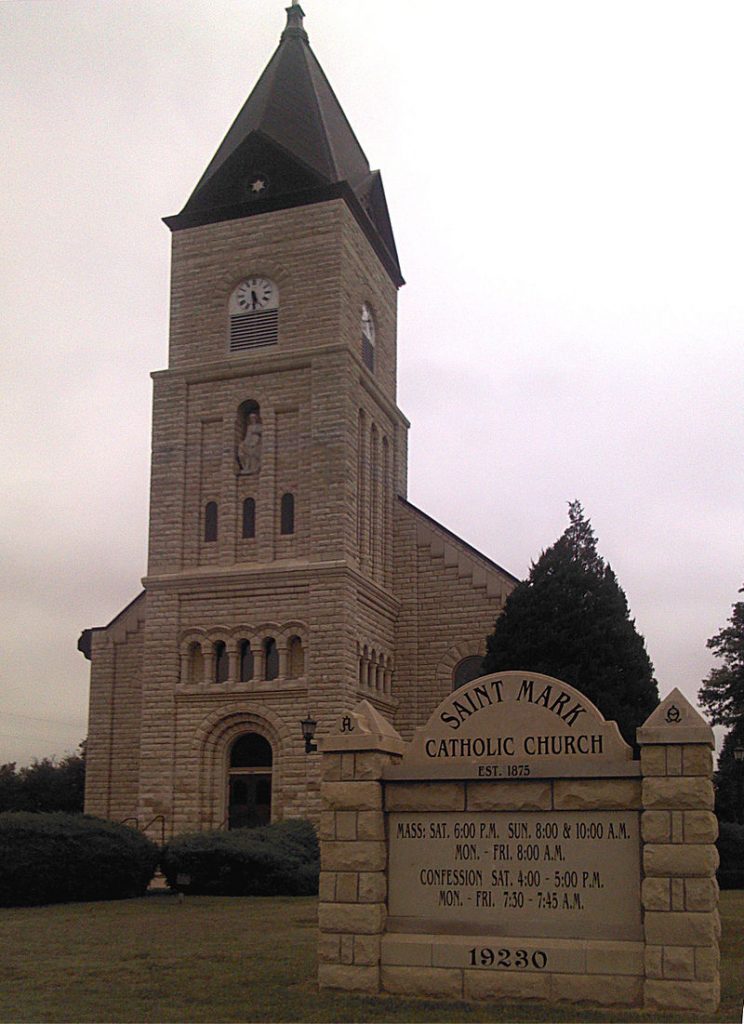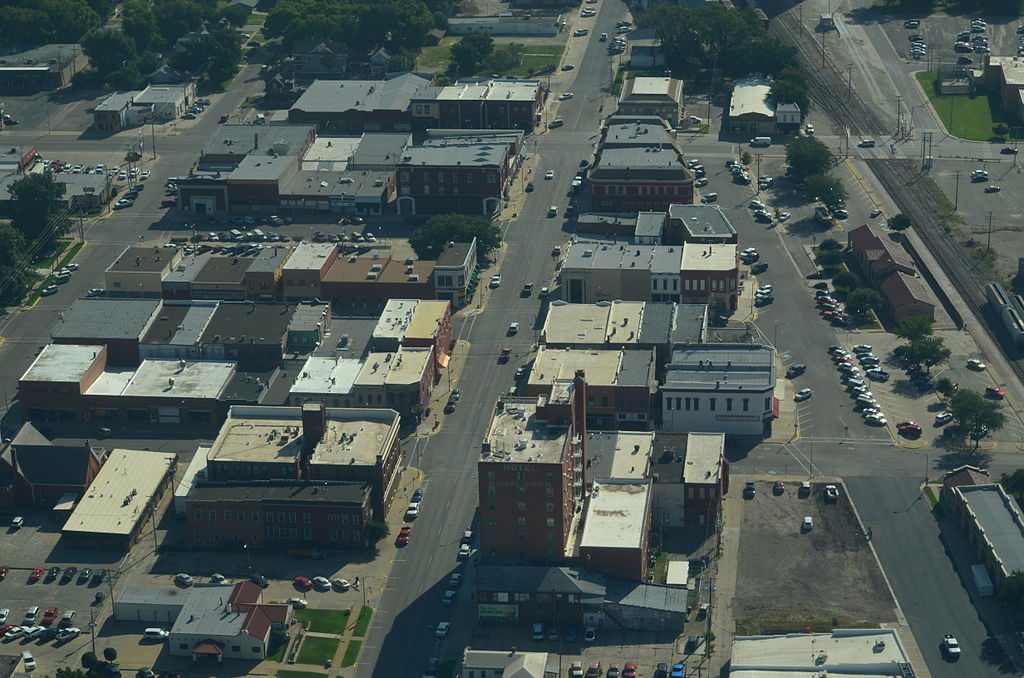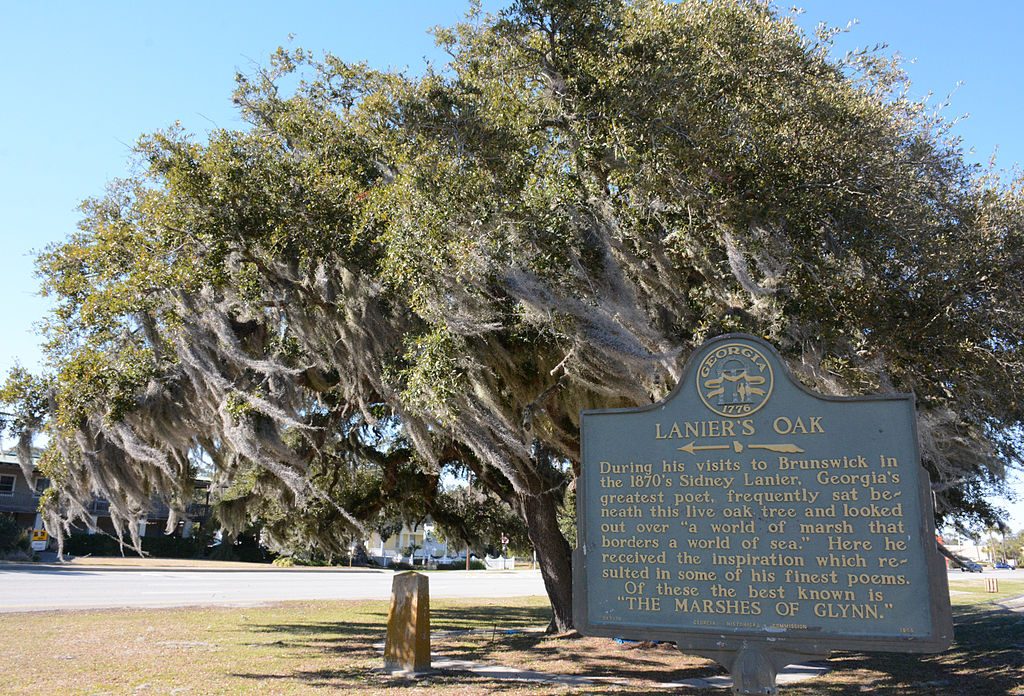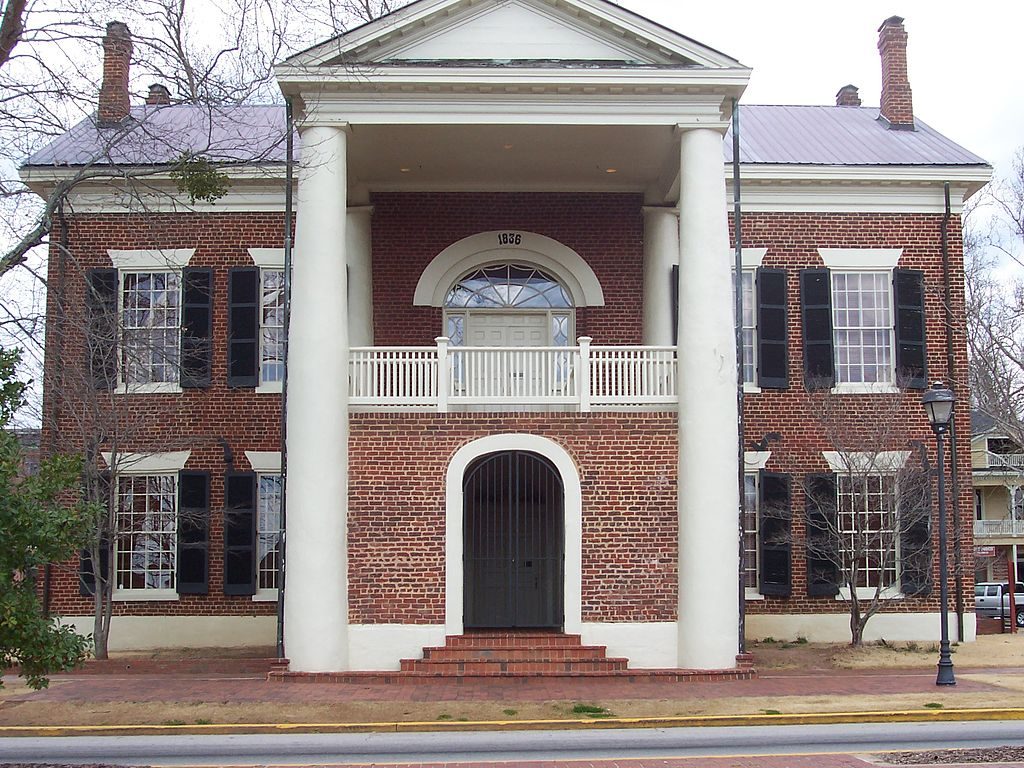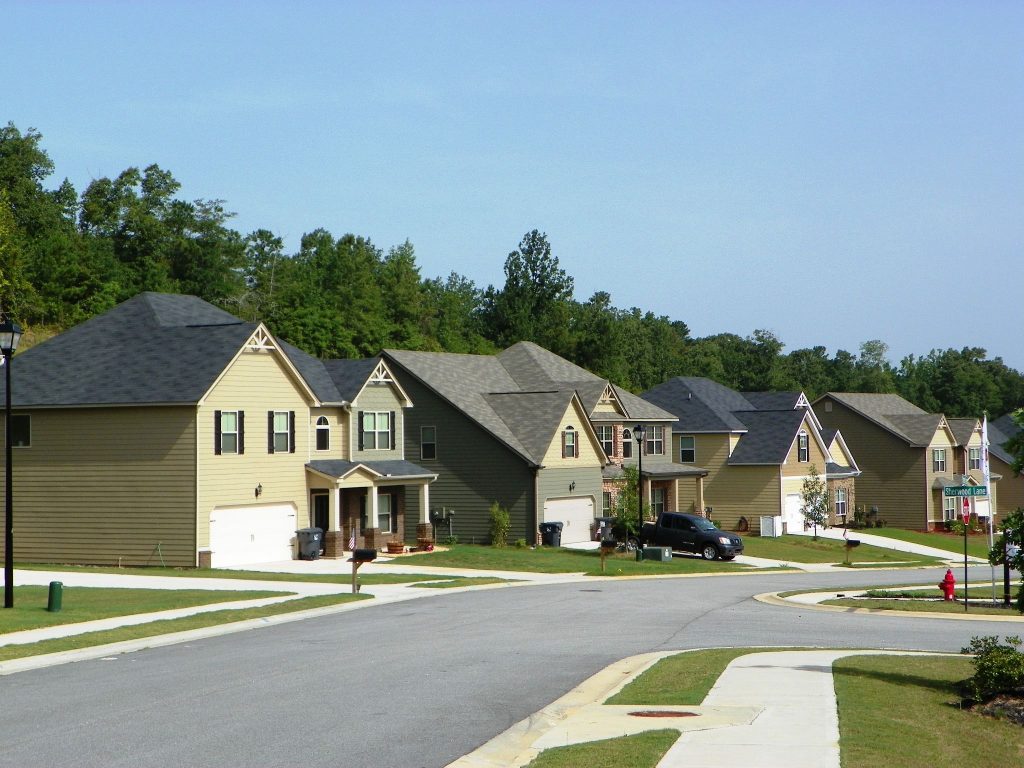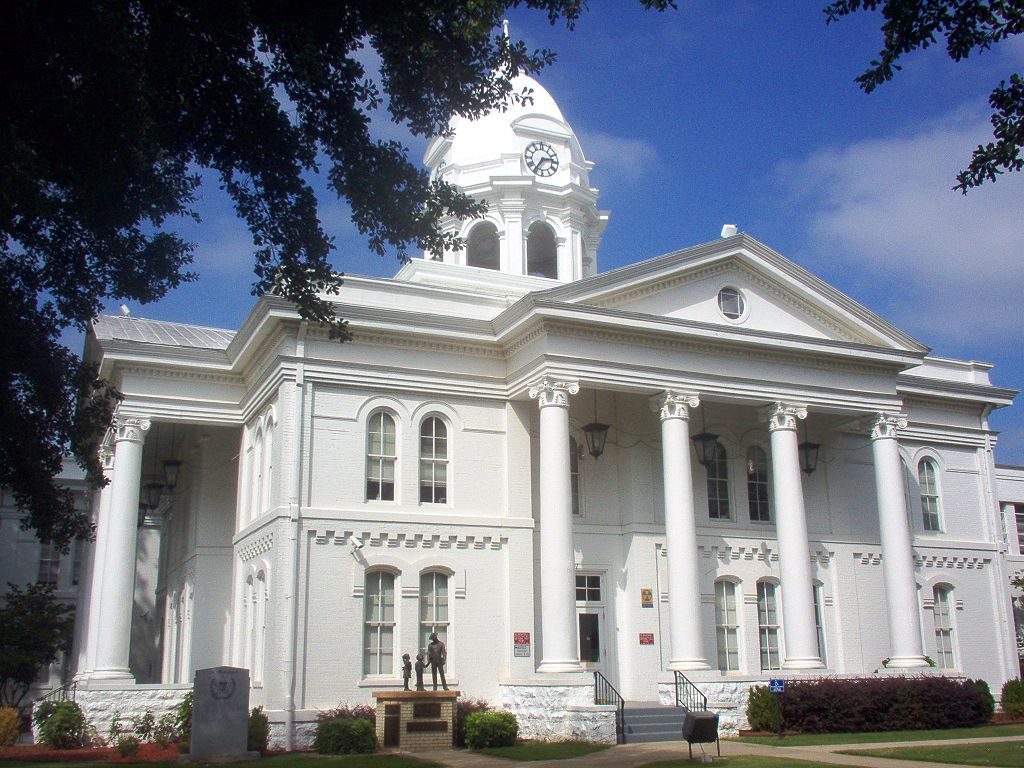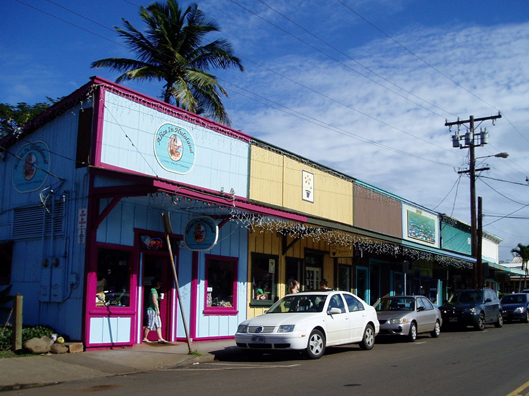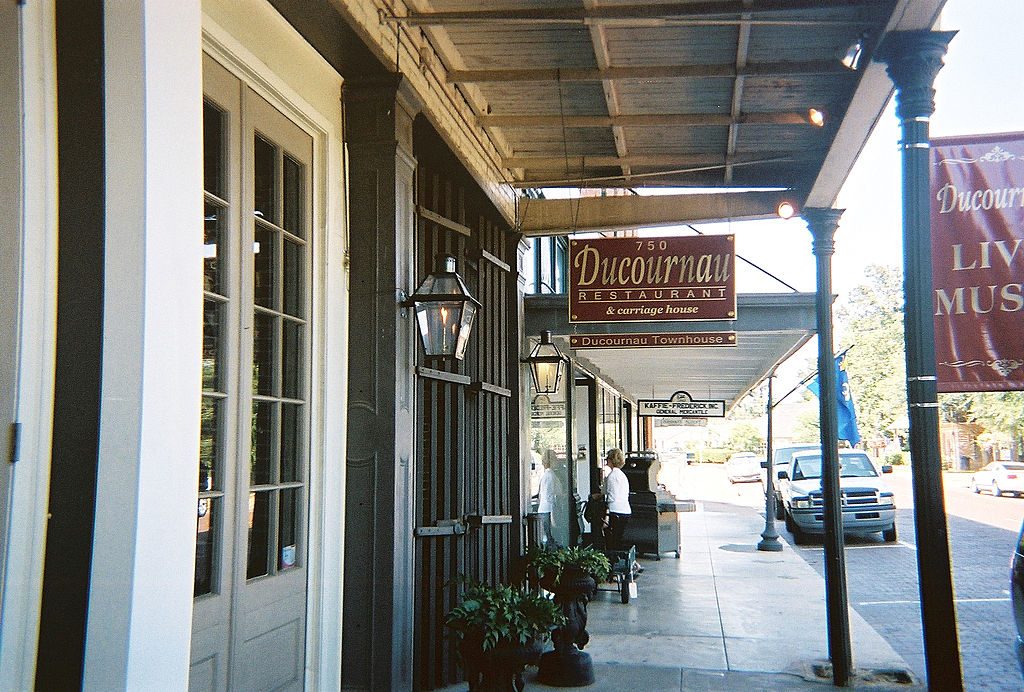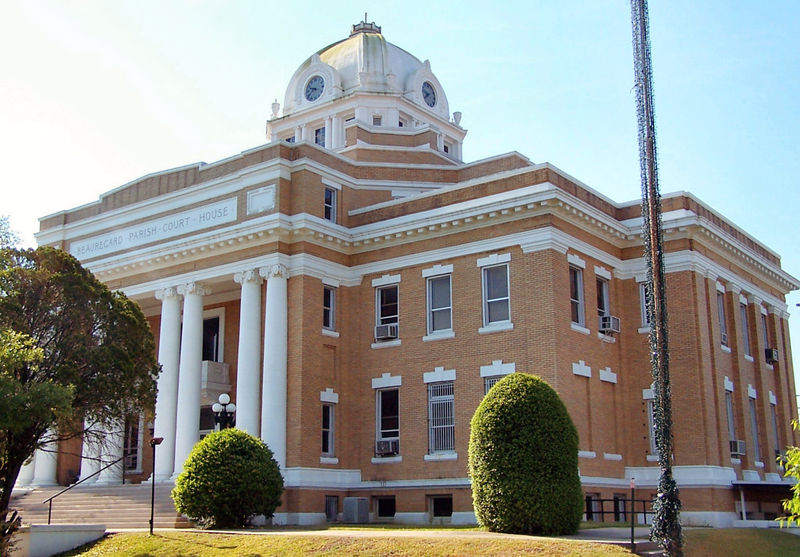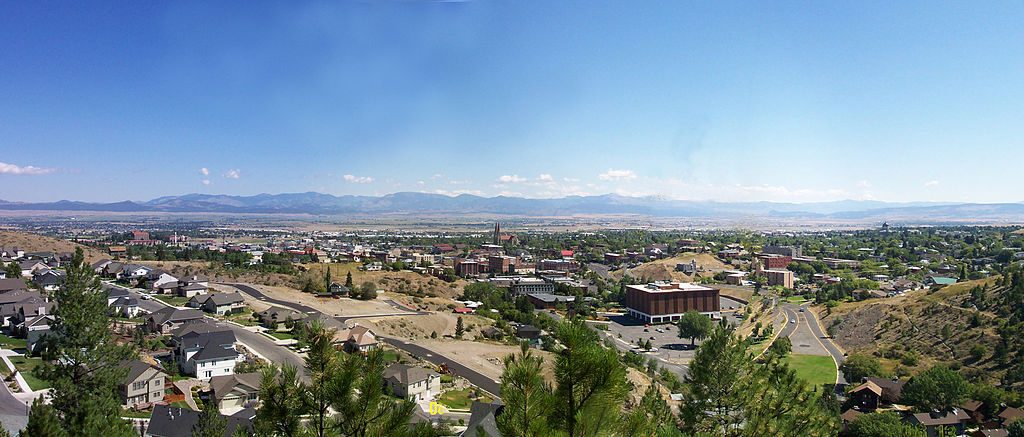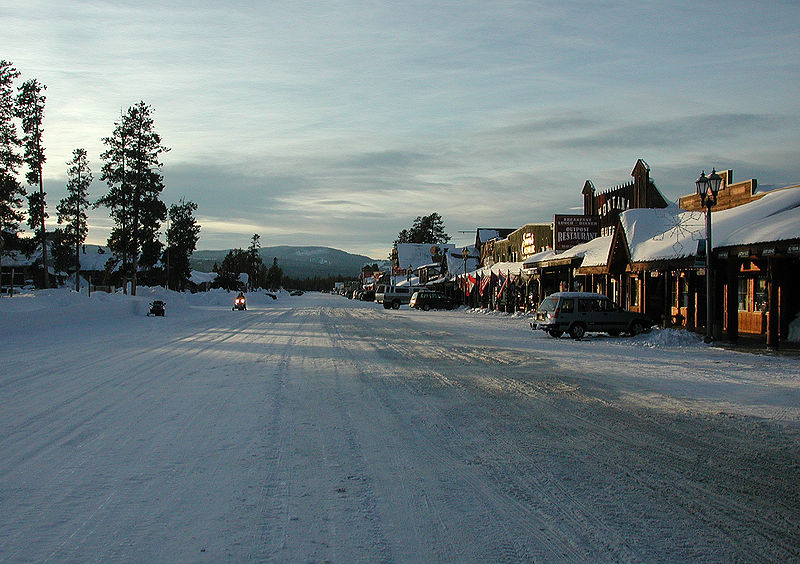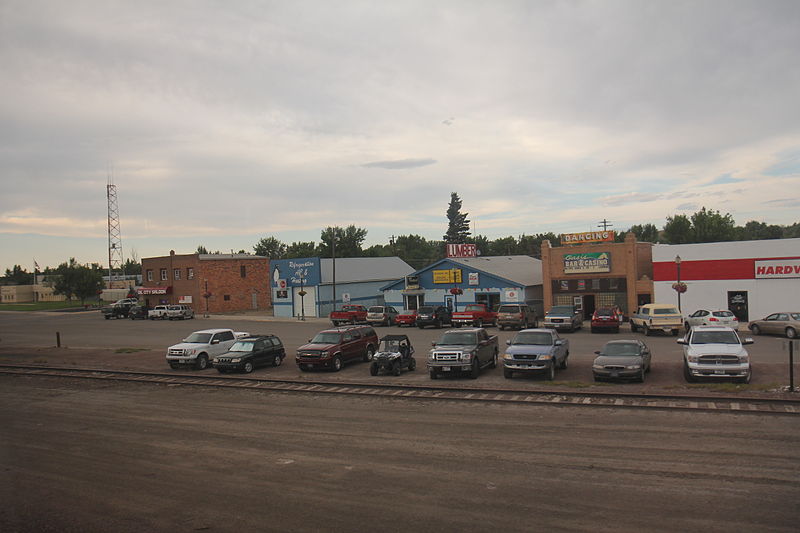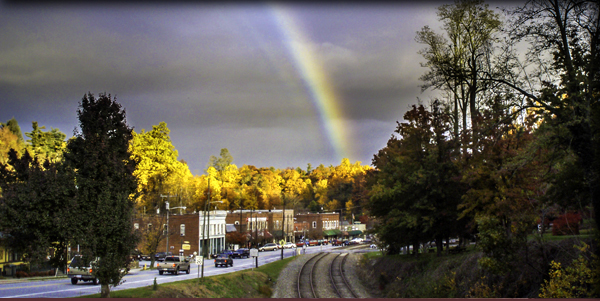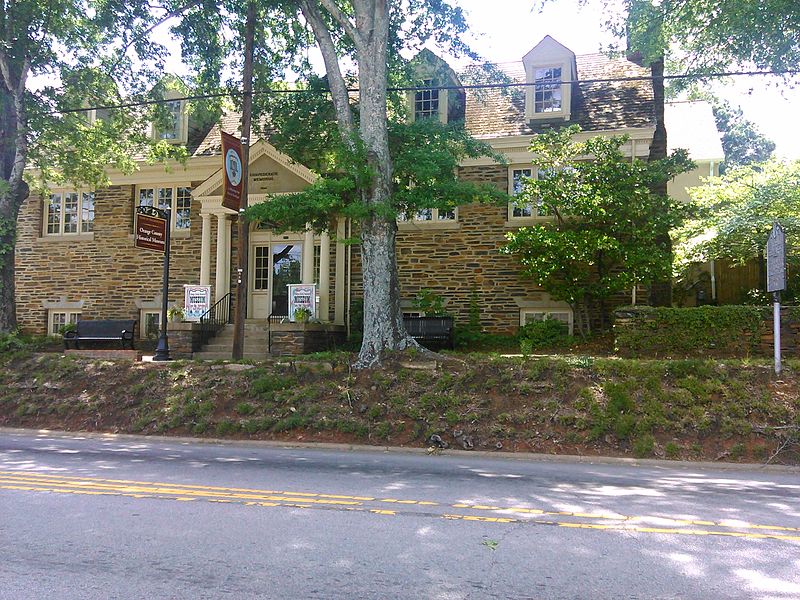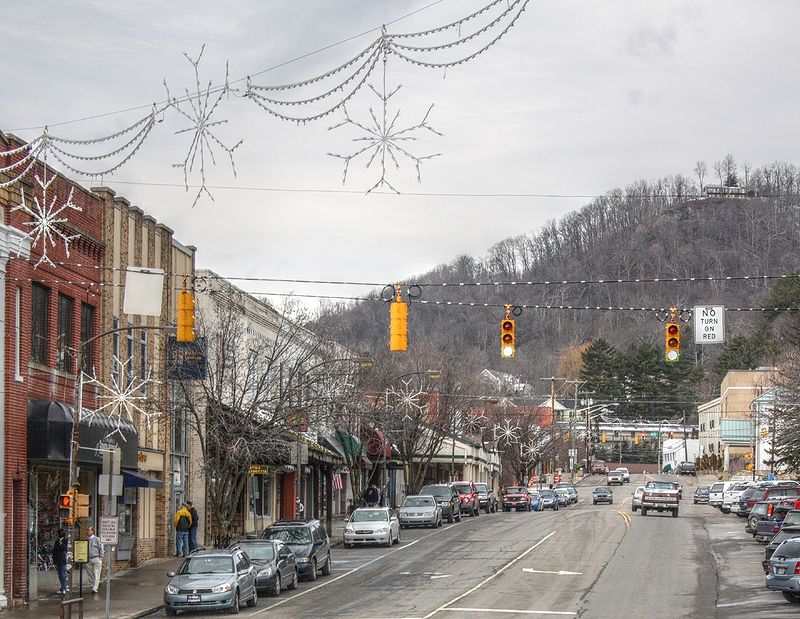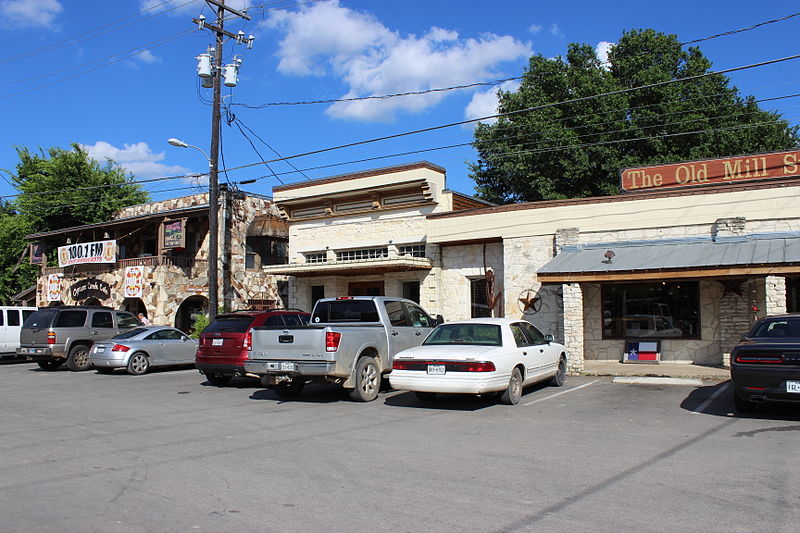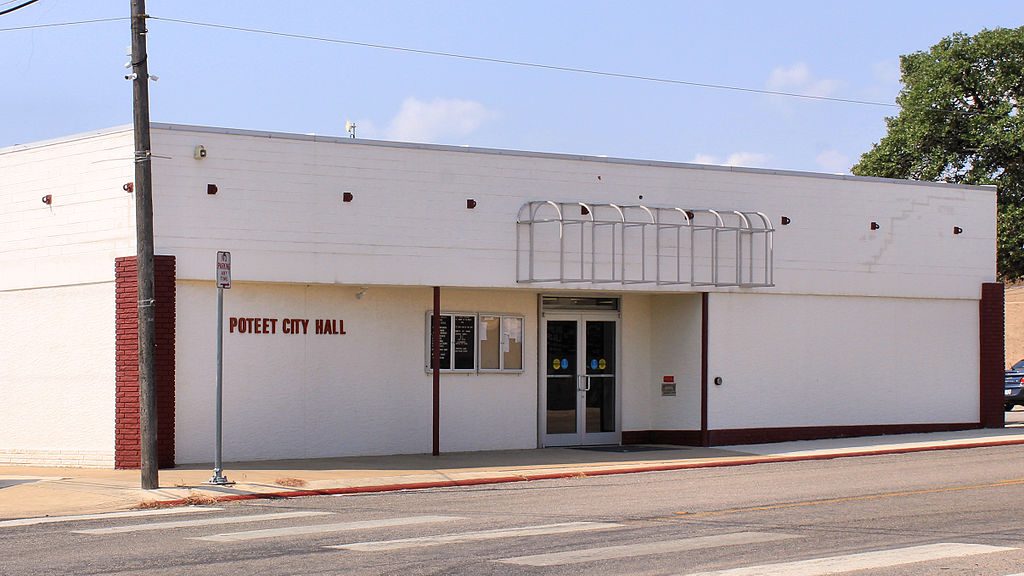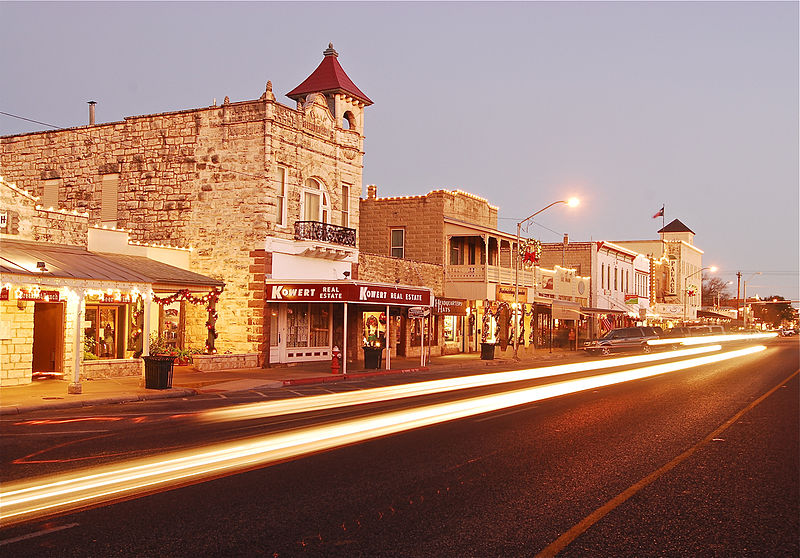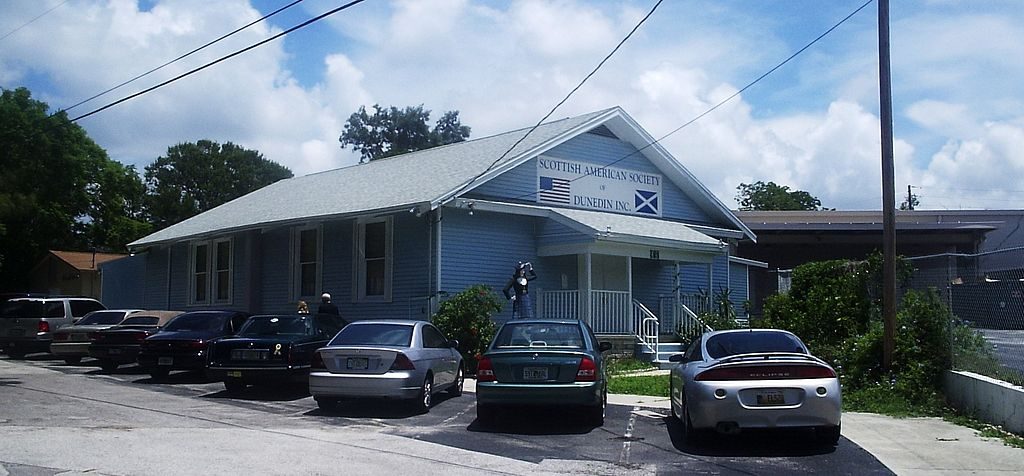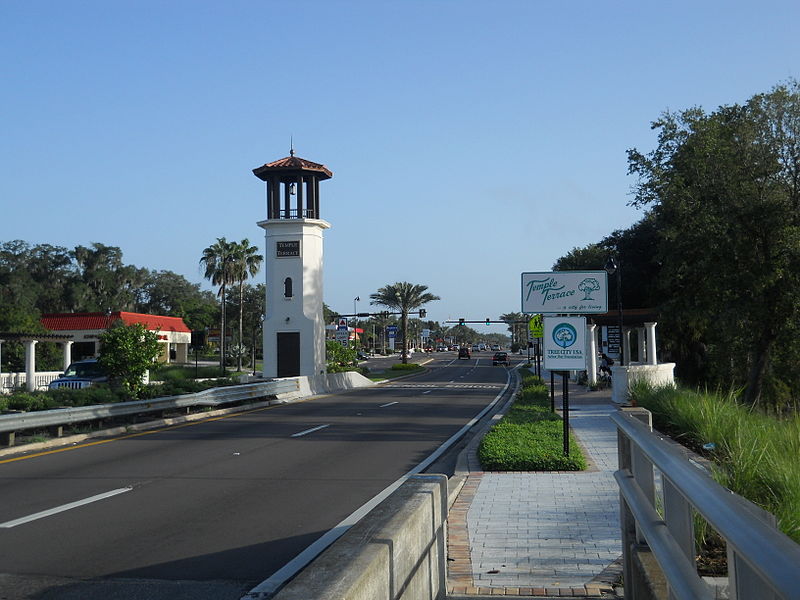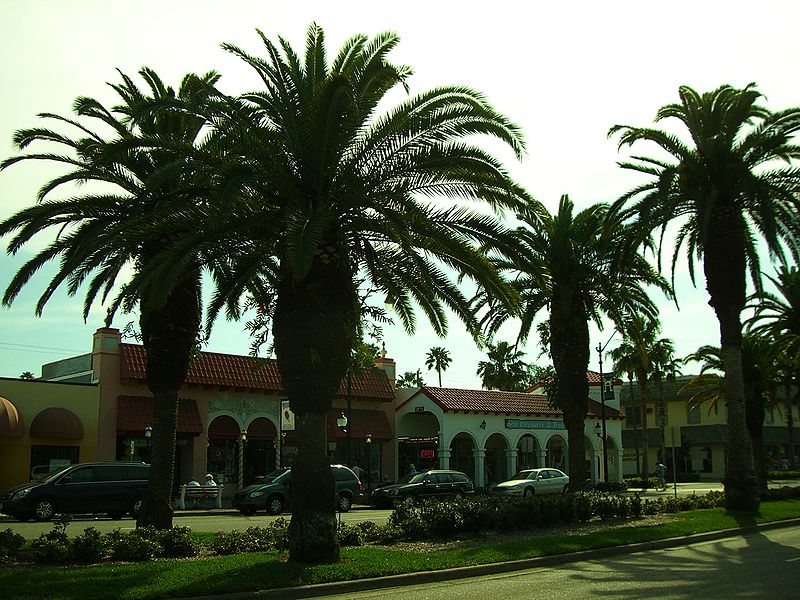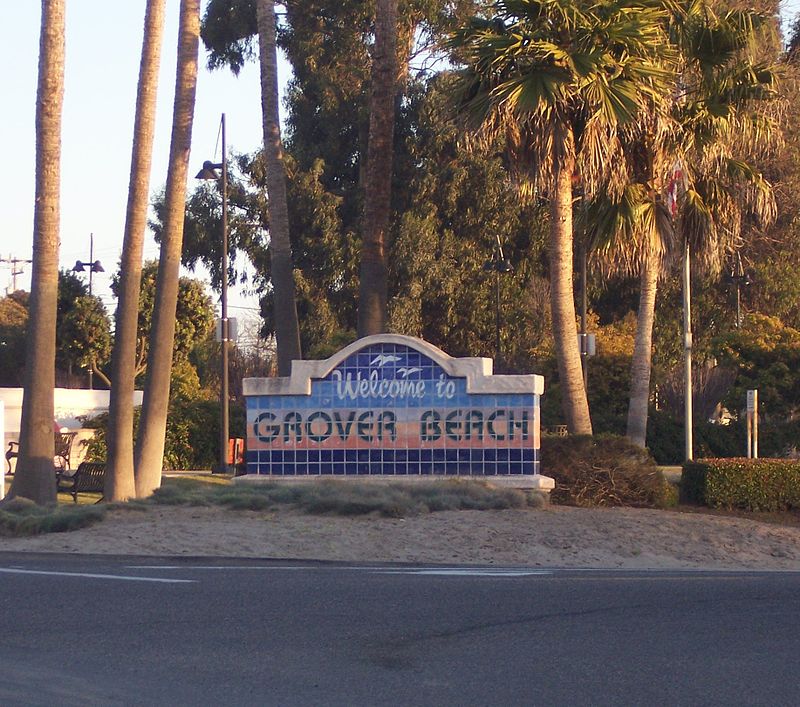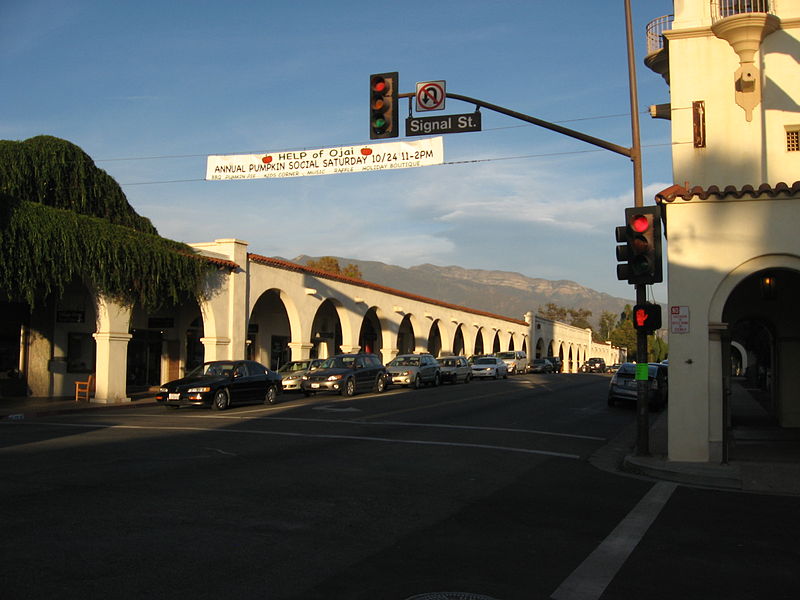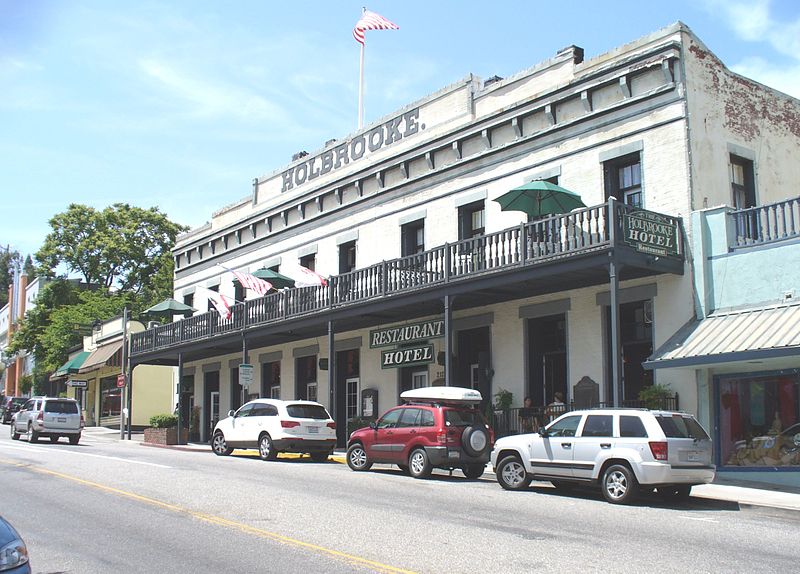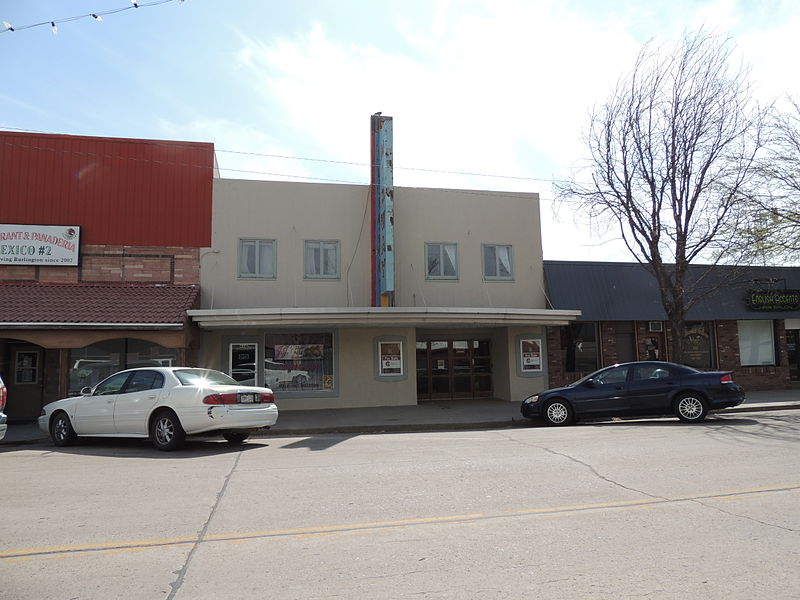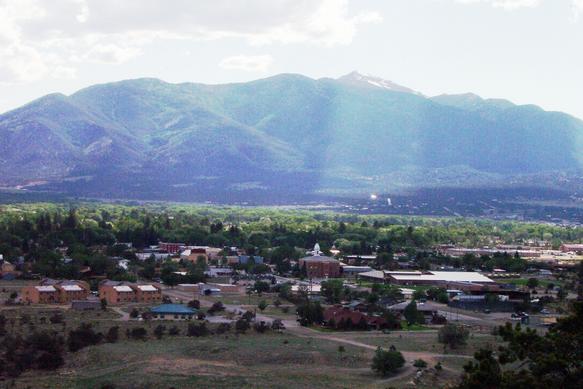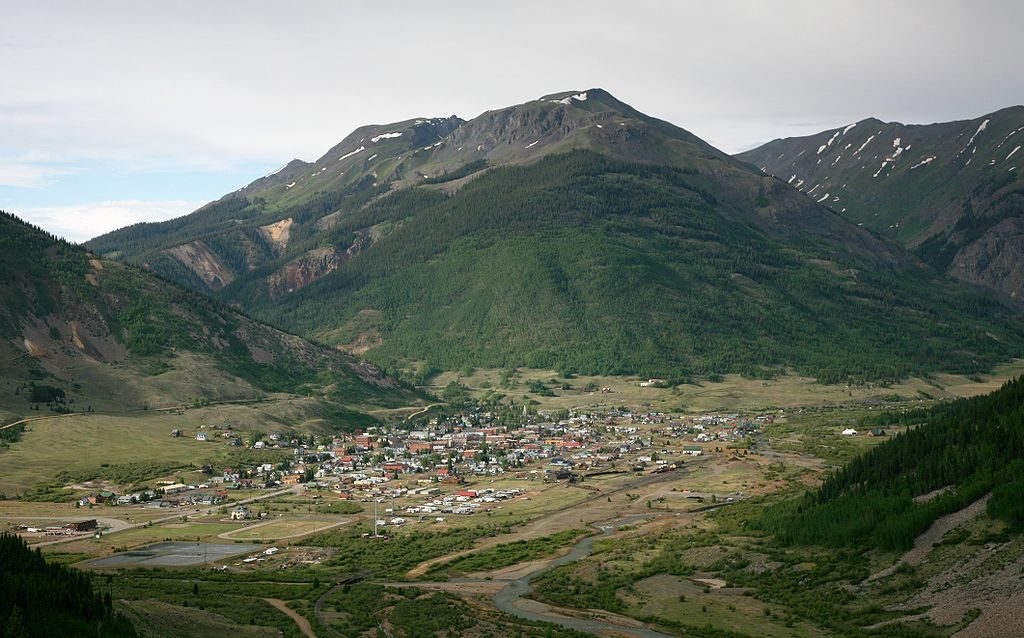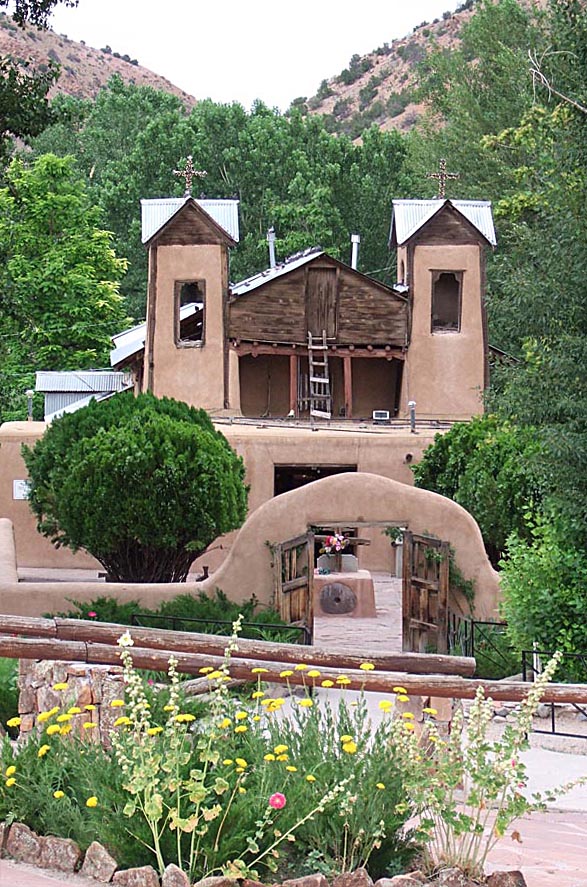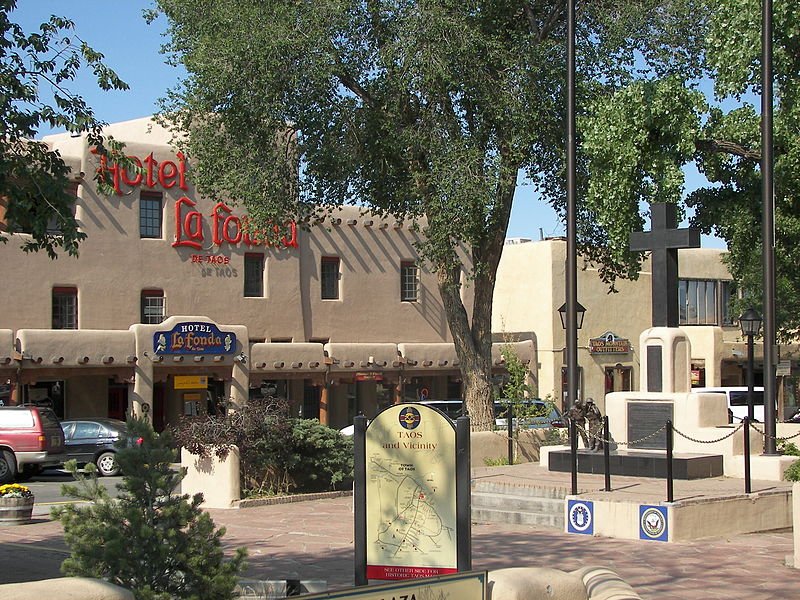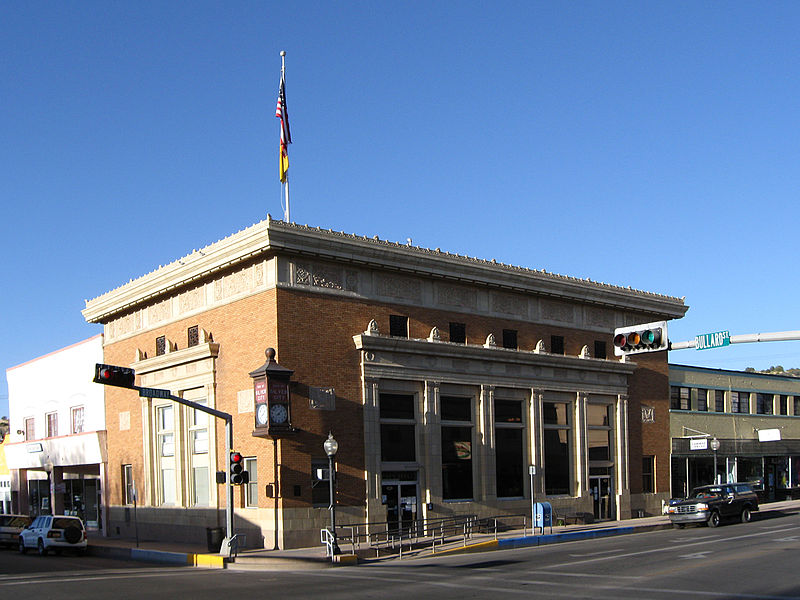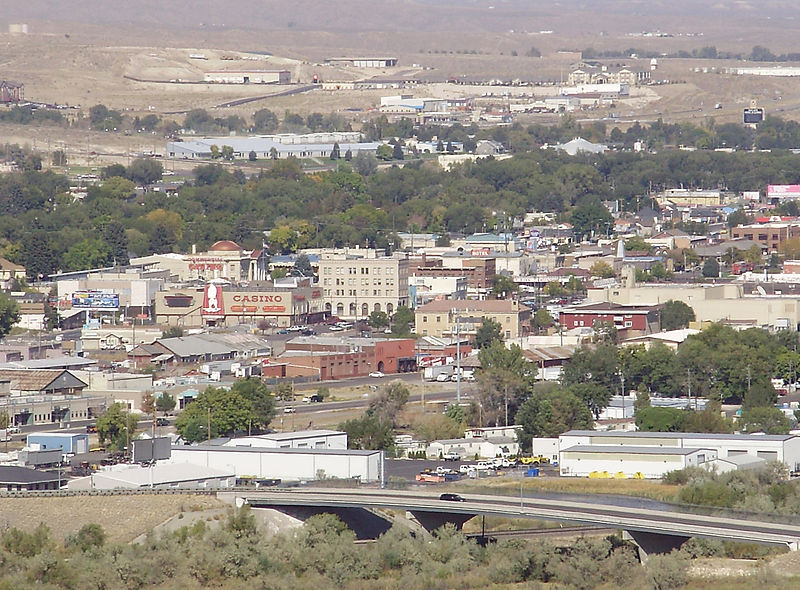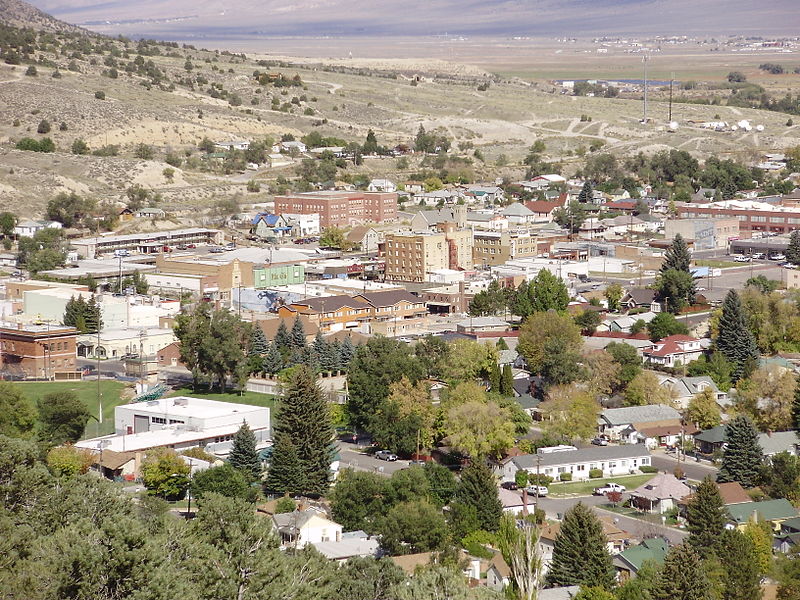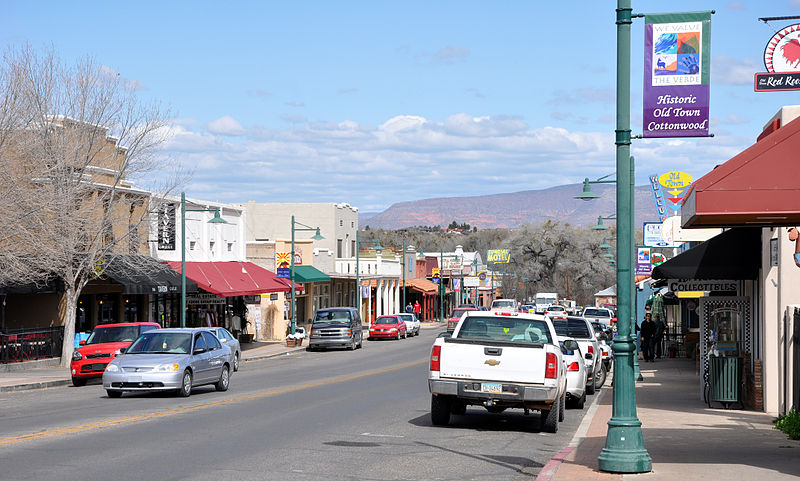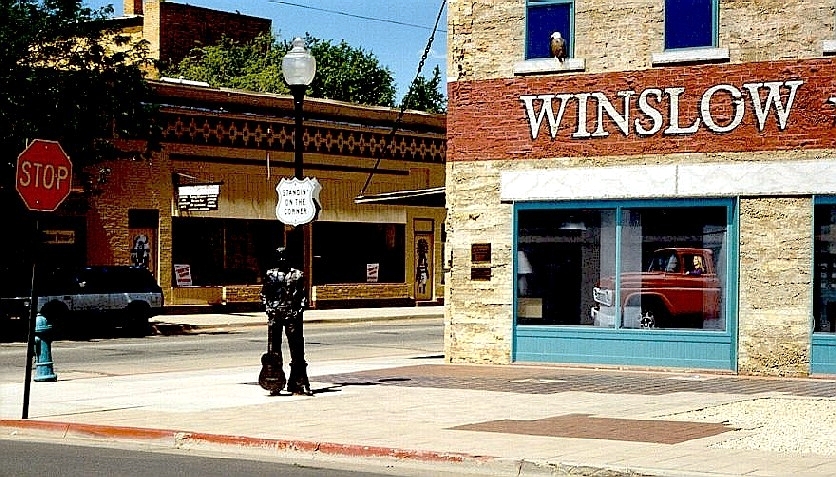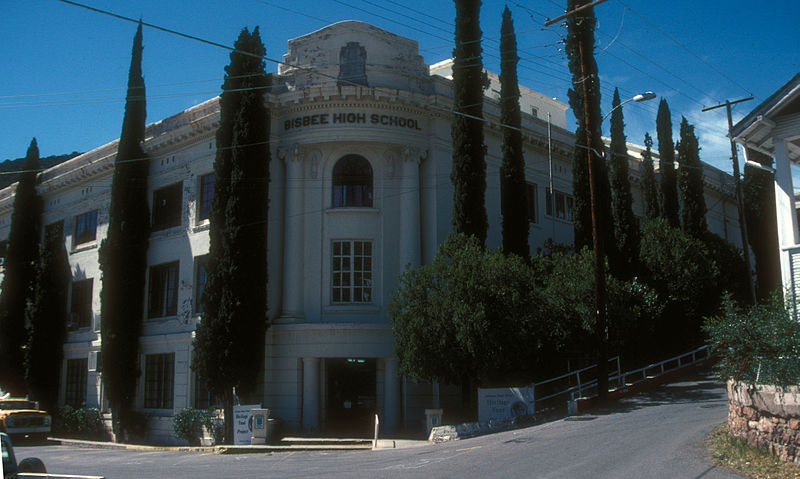Light therapy…
is being used all over the world for a wide array of conditions and disorders. Among other things, the all natural treatment is:
- curing acne
- rejuvenating skin
- diminishing wrinkles
- curing skin cancer
- treating chronic pain
- curing seasonal affective disorder
- easing depression symptoms
- treating insomnia
Depending on the condition and the symptoms, the process differs. Some devices are handheld and used once a day. Some are table lamps that you turn on in the morning; some you use before bed. Some are full beds that resemble tanning beds. Some devices are portable light boxes that can sit on your desk at work. Basically, the options are endless! No matter what kind of light therapy device you need, it’s available.
Light Therapy for Weight Loss…
The newest breakthrough in the light therapy world is an LED light machine that is aiding in weight loss. The concept of losing weight without having to diet or exercise sounds pretty incredible, right? Most people diet like crazy, work out to a point where they want to die, spend too much money on supplements and herbs, get injections, take pills, and much more. The sad and silly part is that a lot of these methods don’t work.
A few companies have been exploring this concept, but there’s one invention in particular that is blowing everyone’s minds.
Developed under the Korean government via R&D support, AinA’s Smartron was created to promote weight loss with a few different methods in mind. The Smartron uses low frequency and infrared rays to ease muscular pain. The company says that the device was based on alternative medicine and and IT technology. The device combines the meridian pulse technology and an LED light system to simulate body parts, specifically the hands and feet. Doing so promotes blood circulation, strengthens muscles, alleviates muscle pain, and deconstructs fat. The Smartron uses an abdominal belt with LED light to penetrate to the epidermis of the user’s skin. This deconstructs cellulites and rejuvenates cells.
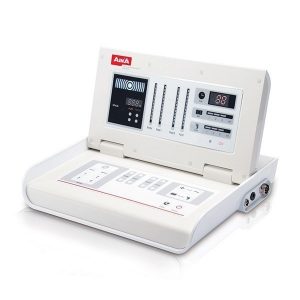
Most medical devices are heavy and bulky. The Smartron is portable, light, and easy to use. The instructions on how to use it are simple and very straight forward. By being a positive, safe, and easy to use health managing device, Smartron is gaining tons of public attention. With so many diseases and unhealthy habits in the world, we need a device like this!
Smartron won the gold award at the Seoul International Invention Fair as well as the Taiwan International Invention Fair. It triple crowned in all three major invention fairs. The device is currently being sent to 15 countries in Asia, Europe, and America. The company is attending as many trade shows as possible to get their product out to the world.
The vice president of AinA, Dong-Oh Chung, was quoted saying, “In this age where people are living up to 100 years of age, AinA hopes to aide everyone to fully, healthily live their lives via our company’s technology and service.”
We are loving the Smartron and everything it stands for. What about you?



